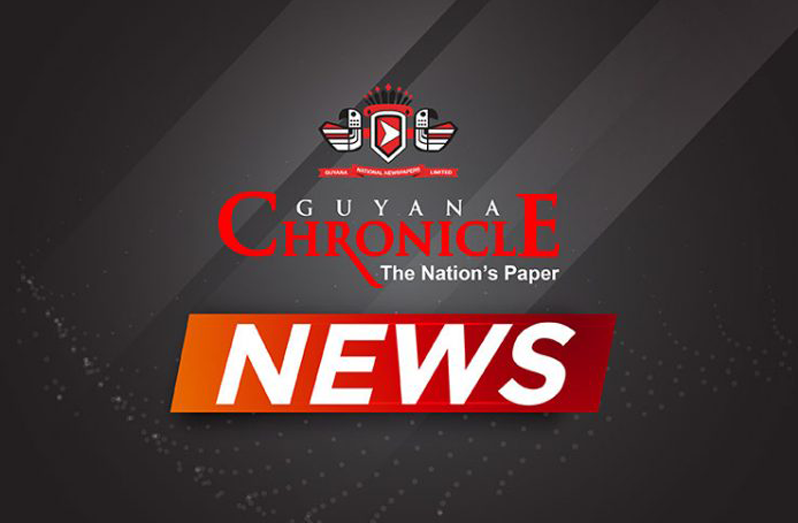The Guyana Geology and Mines Commission (GGMC) has moved to the use of satellite technology to improve on its work of administering and regulating activities in the mineral sector.
The technology being used is the Global Positioning System (GPS) or satellite tracking device system which enables operators to determine the precise location of a vehicle, person, or other asset to which it is attached (in this case gold-mining dredges), in any part of the country and at any time day or night.
The system also records the position of the asset at regular intervals.
The recorded location data can be stored within the tracking unit, or it may be transmitted to a central location data base, or internet-connected computer, using a cellular radio or satellite modem embedded in the unit.
GGMC Commissioner, Mr. William Woolford, said that eight dredges have agreed to the attachment of the tracking devices as part of a pilot project started three weeks ago.
The dredges are located at Mahdia in Region 8 (Potaro/Siparuni).
Woolford said, “Their acceptance of the GPS receivers means that we can see on our computers in Georgetown where those dredges are. The GGMC can now monitor their movements on a 24 hour basis, retrieving information on their location as per latitude and longitude. We will then be easily able to update our map of mining operations countrywide via the use of the GPS Trackers.”
The pilot project started three weeks ago, he said, and is working well.
He disclosed that the GGMC has recently completed a map showing all of the active mining areas in Guyana along with concentration of dredges as per precise latitude and longitude.
Woolford said that the map is the first of its kind and had been completed by means of extensive field work in August last year.
With further reference to the recently created map, he disclosed that the GGMC has also documented information including the name of the dredge owner, the dredge license number, the location and the GPS latitude and longitude of where each of these dredges are located.
Field Officers have documented information of their tailings management systems and will be returning to the locations early next year to keep the information up to date.
He said that the object of doing this was firstly for compliance monitoring and then information for planning purposes.
The map displays the different mineral properties and the dredges.
There are over nine hundred small and medium scale dredges in operation at the moment.
There are also 12,000 claims and the GGMC is conducting a separate campaign to get the precise locations of those claims as per latitude and longitude on its master map.
The GPS system, now being tested, will allow location of these dredges and the claims to be displayed against the current map as a backdrop either in real-time or when analyzing data on recordings later.
Commenting on the GPS system now in use at Mahdia, Woolford said that the miners who had agreed to the pilot project had cooperated fully because they understood its benefits.
“They are happy about it. We could see the day coming when all the dredge owners could put this tracker on so they could see what’s happening on their dredge. We could see too that the people who hire out excavators could get their systems too so that they could know what is going on,” he said.
He added, “What we intend to do is see if we could expand it to all the dredges.”
Other applications of these trackers include:
* Law enforcement. An arrested criminal out on bail may have to wear a GPS tracker, usually on the ankle, as a bail condition.
* Fleet control. For example, a delivery or taxi company may put such a tracker in every one of its vehicles, thus allowing the staff to know if a vehicle is on time or late, or is doing its assigned route. The same applies for armored trucks transporting valuable goods, as it allows pinpointing the exact site of a possible robbery.
* Stolen vehicle searching. Owners of expensive cars can install a tracker, and “activate” it in case of theft. “Activate” means that a command is issued to the tracker, via SMS or otherwise, to act as a fleet control device, allowing the user to know where the vehicle is.
In some countries, the GPS is used by some parents to track their children.
Recently, the International Pharmaceutical Agency (IPA) at 226 B Camp Street, two doors south of New Market Street, announced that it had begun providing a GPS service locally.



.jpg)









